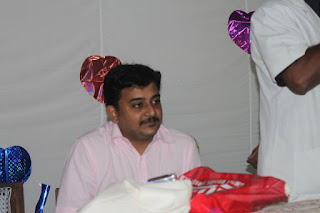How to know whether your invention can be patented in India?
How to know whether your invention can be patented in India?
This is probably the first question that may arise in your mind if you are looking to get protection for your research and development (invention). so lets see how to patent an idea in India
- Invention should be Patentable subject matter
- It should be Novel
- It should be Non-obvious (inventive-step)
- Invention should have Industrial application
- And it should be enabling
Let’s discuss all 5 criteria’s one by one
Invention should be patentable subject matter:
Patent act in India has specified certain subject matters are not eligible for getting patent in India. Some of these areas are;
- Inventions related to atomic energy
- abstract ideas
- laws of nature or anything contrary to well established natural laws
- physical phenomenon
- discovery of any living thing or non living substance
- method of agriculture or horticulture
- new form of know substances
- method of playing games
- any aesthetic creations
- anything that causes a serious harm to human
- animal, plant life
etc, are NOT patentable subject matter in accordance with section 3 and section 4 as per Indian patent act. (link to Indian patent act)
Novelty means the information you have written in the specification of your patent application (subject matter) is not published or know to or available to public in India or elsewhere before the date of filing of the patent.
An inventive step: a subject matter in patent application having inventive step means, the invention disclosed is not obvious to a person skilled in the art. Especially with reference to the prior art or the information already know or available to the public. In other words, the invention should not be obvious to people who are form the same field of invention.
In other words, the inventive step means an aspect of the invention that involves a Technical advance or economic significance or both with respect to existing knowledge, thus making invention non obvious to a person skilled in the art.
Industrial application: as the name suggest, invention to be patented should have a utility that is it is capable of being made and used in an industry.
Enabling: This criterion suggests that the information disclosed in the proposed invention should be sufficient to reduce it in to practice. And this information must be included in to the patent application for the invention.
In accordance with Indian patent act,
The term enabling means : Any person, who is ordinary skilled in the art, should be able to reduce the invention in to practice by the help of the information disclosed in the patent application.
to help you find out if your invention is patentable or not you can reach top patent attorneys and patent agents in India here.












